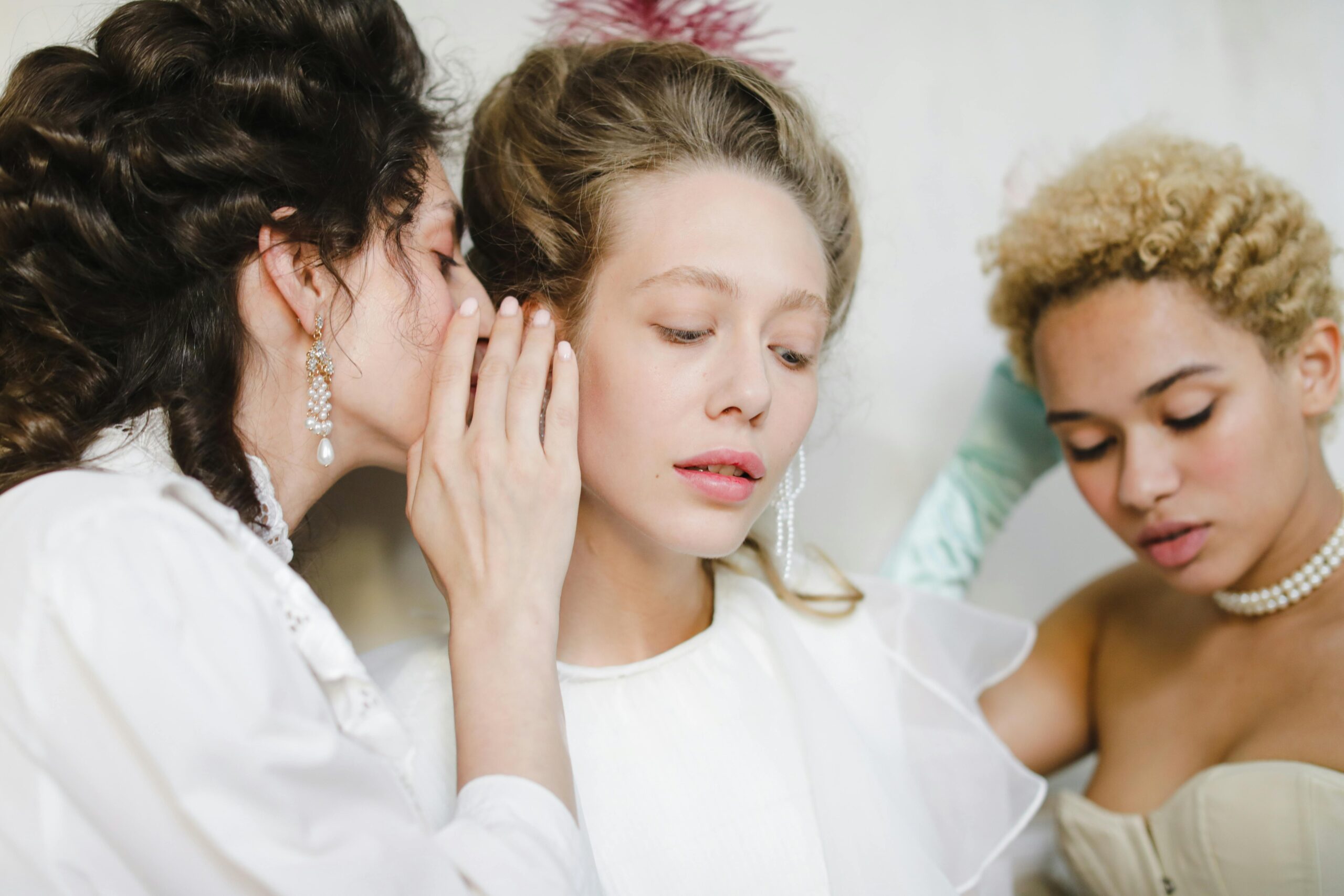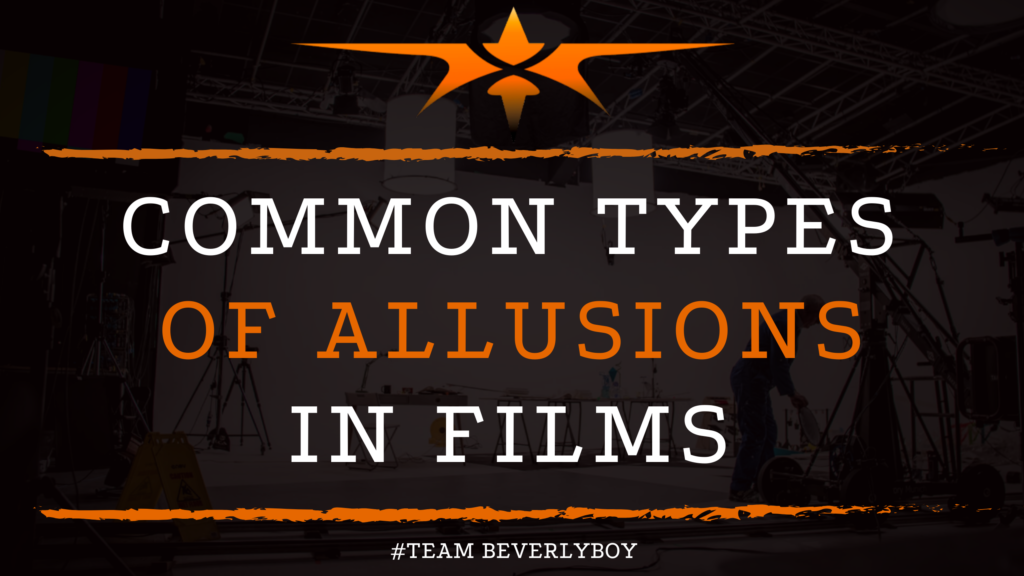Common Types of Allusions in Films
Allusions represent a popular literary device that is used by authors and screenwriters to achieve character development. To create strong associations to well-known works and past concepts. And to devise stronger storylines. Many different types of literary allusions in films exist to develop these connections to past works. From phrases that can be connected to popular Children’s literature to the use of casual references that add value to a plot but are certainly not integral to the unit. Allusions in films have a variety of purposes and points to make.

There are commonly 6 different types of allusions in films that can be used to varying degrees of certainty and to create connections or other obscure value within a film.
As we examine the different types of allusions in films and what they are most likely meant to be used for.
We’ll also examine some examples of allusions in films that fall within each particular category.
CASUAL REFERENCES
One of the most common types of allusions in films is the casual reference. You might notice a casual reference that was made to another story, a past character, or something entirely different.
A casual reference to a particular person, place, event, or idea from another film or another story can have a variety of purposes.
The filmmaker might use casual references to compare or contrast characters from a past film or to establish a particular tone.
SINGLE REFERENCE
The single reference is another one of the more common types of allusions in films.
In which the viewer is meant to recognize and infer the connection between the two works based on the single reference.
For instance, the screenwriter might allude to a particular allusion within the work at hand and it is expected that the audience will recognize the connection.
SELF-REFERENCE
Self-reference allusions are those which the writer creates to reference another work of theirs.
And self-reference allusions in films are common in films that have a series or which have multiple parts.
Televisions shows and films with multi-part series status will often have self-reference allusions of various sorts.
To draw the audience in and remind them of a character’s past. Or to bring up elements from the prior film that apply to the current film.
CORRECTIVE ALLUSIONS
When a filmmaker makes a comparison that is clearly in opposition to the original source material they are making a corrective allusion.
Corrective allusions in films might allude to a past person that did wrong. Or they could allude to a particular event with the idea of history repeating itself.
The idea of the corrective allusion is that in making the allusion there will be some benefit that the correction was made.
APPARENT REFERENCE
The apparent reference is an allusion that basically recalls a particular source and challenges the source. You might not recognize the apparent reference at first.
But ultimately you realize that not only is the filmmaker alluding to a particular reference. But they’re also challenging the source with what they are saying.
MULTIPLE REFERENCES OR CONFLATION

Sometimes allusions in films will have multiple references. We call this a conflation. When a variety of different allusions in films combine to form cultural traditions.
Or to make references to a single work, we call it a conflation. Films rarely engage in conflation unless they are a parody or similar form of comedic film.
In which alluding to a variety of different elements and concerns makes sense.
EXAMPLES OF ALLUSIONS BASED ON FILM
A VARIETY OF MEANINGS
Allusions in films have a variety of uses. But you’ll also find allusions throughout everyday life. In connection with some of the films we know and love.
The following allusions, as well as the films they are alluding to, are just a small fraction of the potential examples of allusions that have connections to films:
- It was like she had received a golden ticket. (Charlie and the Chocolate Factory)
- I wish I could just click my heels. (The Wizard of Oz)
- She smiles like a Cheshire Cat. (Alice in Wonderland)
- My math teacher is he who must not be named. (Voldemort from the Harry Potter Series)
- I have a caped crusader costume. (Batman)
As you can see, allusions in films have a variety of potential meanings and purposes.
They can create connections and to draw upon the unique characteristics and mentality of those that are within the films that we all know and love.
WHY ARE ALLUSIONS IN FILMS IMPORTANT?
Allusions in films are for building up trust and engagement among film spectators.
Alluding to various past works, and showing the different plot points that make up the character values of the story can help to support an otherwise new story.
Filmmakers can use allusions to build character development, drive context to the work, or to expose past connections to various stories.

